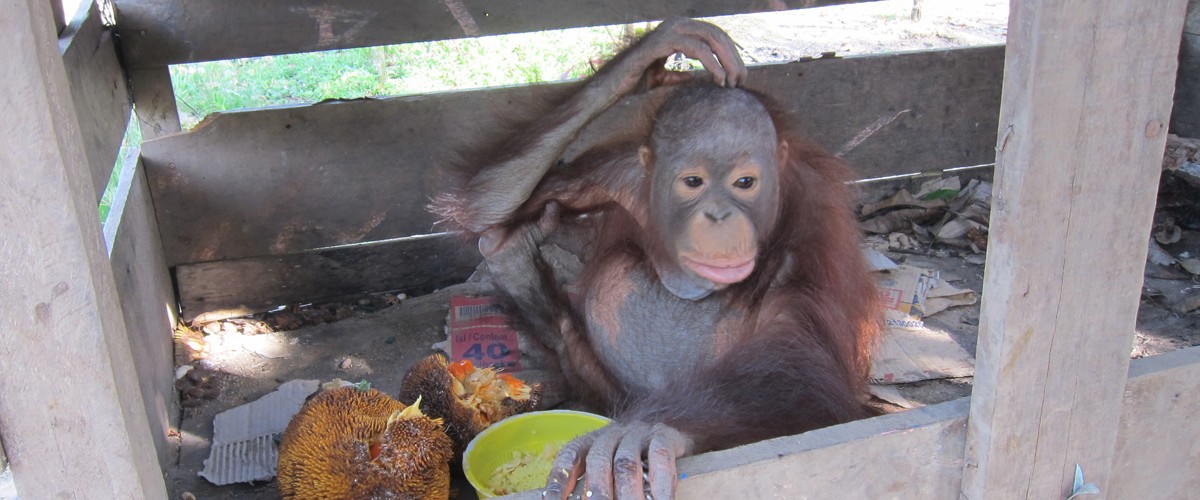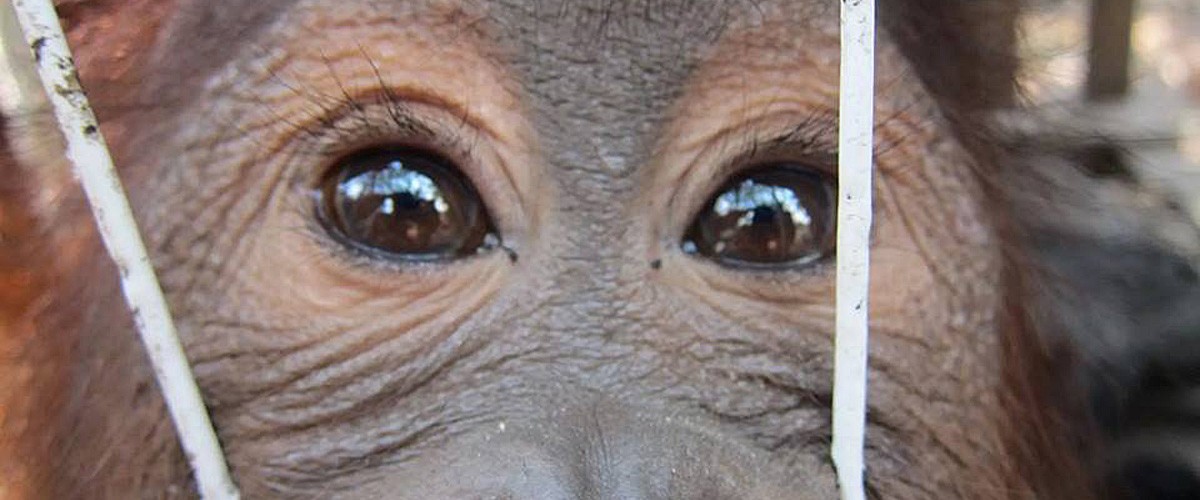By Hendri Gunawan, Village Forest Coordinator
One of the main strategies GPOCP/Yayasan Palung uses for conserving orangutan habitat is the Hutan Desa, or Village Forest, initiative. We help local communities in the greater Gunung Palung landscape secure legal rights to the forest land they have traditionally tended to. Once this formal recognition is achieved, we work with the community to develop their capacity to sustainably manage the forest.
We do this by training the Village Forest Management Boards in SMART patrolling methodology, biodiversity surveys, and, starting in 2022, we have initiated passive monitoring of the village forests using technology. Yayasan Palung and Village Forest Management Boards have installed various types of monitoring equipment in village forest areas both in the Peat Protection Forest landscape of Sungai Paduan which consists of Padu Banjar Village Forest, Pulau Kumbang Village Forest, Pemangkat Village Forest and Nipah Kuning Village Forest. We have also installed these monitoring devices in the Production Forest of Sungai Purang, which consists of Penjalaan Village Forest and Rantau Panjang Village Forest. In all forests we installed camera traps, bioacoustic recorders, rain gauges and temperature loggers. In 2022, we installed the monitoring equipment in the Pemangkat Village Forest and Nipah Kuning Village Forest areas. In 2023 we added various types of monitoring devices in the Penjalaan Village Forest and Padu Banjar Village Forest areas and in 2024 it will be continued in the Pulau Kumbang Village Forest and Rantau Panjang Village Forest.

The installation of camera traps in village forests has been especially successful for making observations of wildlife. Camera traps make it easy to assess presence of wild animals that typically avoid direct encounters with humans. The camera traps record videos that we use to determine species diversity and relative abundance of animals in village forest areas. A big advantage of using a camera trap is that observations can be done continuously every day and don’t require the presence of people to make direct observations. Before installing the various monitoring devices, we first provided training to the Village Forest Management Board (LPHD) in each village on how to install the various monitoring devices and then how to collect data after their installation. Our goal in providing training is to enable the LPHD members to directly monitor their own forests, creating additional pride and building their forest stewardship. This increased capacity means that camera trap installation and data collection can be directly carried out by LPHD and then passed to Yayasan Palung to process and analyze the resulting data.

In January 2024, LPHD in Desa Pemangkat and Desa Nipah Kuning retrieved data on various monitoring devices within the village forest area. In the Pemangkat village forest, where two camera traps are installed, we captured videos of 2 adult orangutans, 2 sun bears, 1 marbled cat, 1 mouse deer and other animals. Meanwhile, in the Nipah Kuning village forest, we got videos of 4 orangutans, 2 sun bears, 1 marbled cat and various other types of animals.
Previously in 2023 in these two village forests, several camera trap checks in Pemangkat Village Forest caught 2 orangutans, while in Nipah Kuning village forest, 10 orangutans, hornbills, partridges and other animals were identified. Orangutans’ habit of descending and walking on the ground can be caused by factors such as forest destruction which directly affects tree density and canopy connectivity, forcing orangutans to use the ground to travel.
Looking at the results of our camera traps so far, the important takeaway message is that these forests do in fact harbor some incredible biodiversity. This just confirms that all of us need to protect the forest area from illegal activities such as logging, forest fires, and hunting. Sustainable area management needs to be carried out to maintain the function of the Village Forests and maintain healthy animal populations so that forest ecosystems remain balanced. With the proper level of energy invested in these Village Forests, rare and iconic critically endangered species can persist, all while meeting the needs of local communities.











